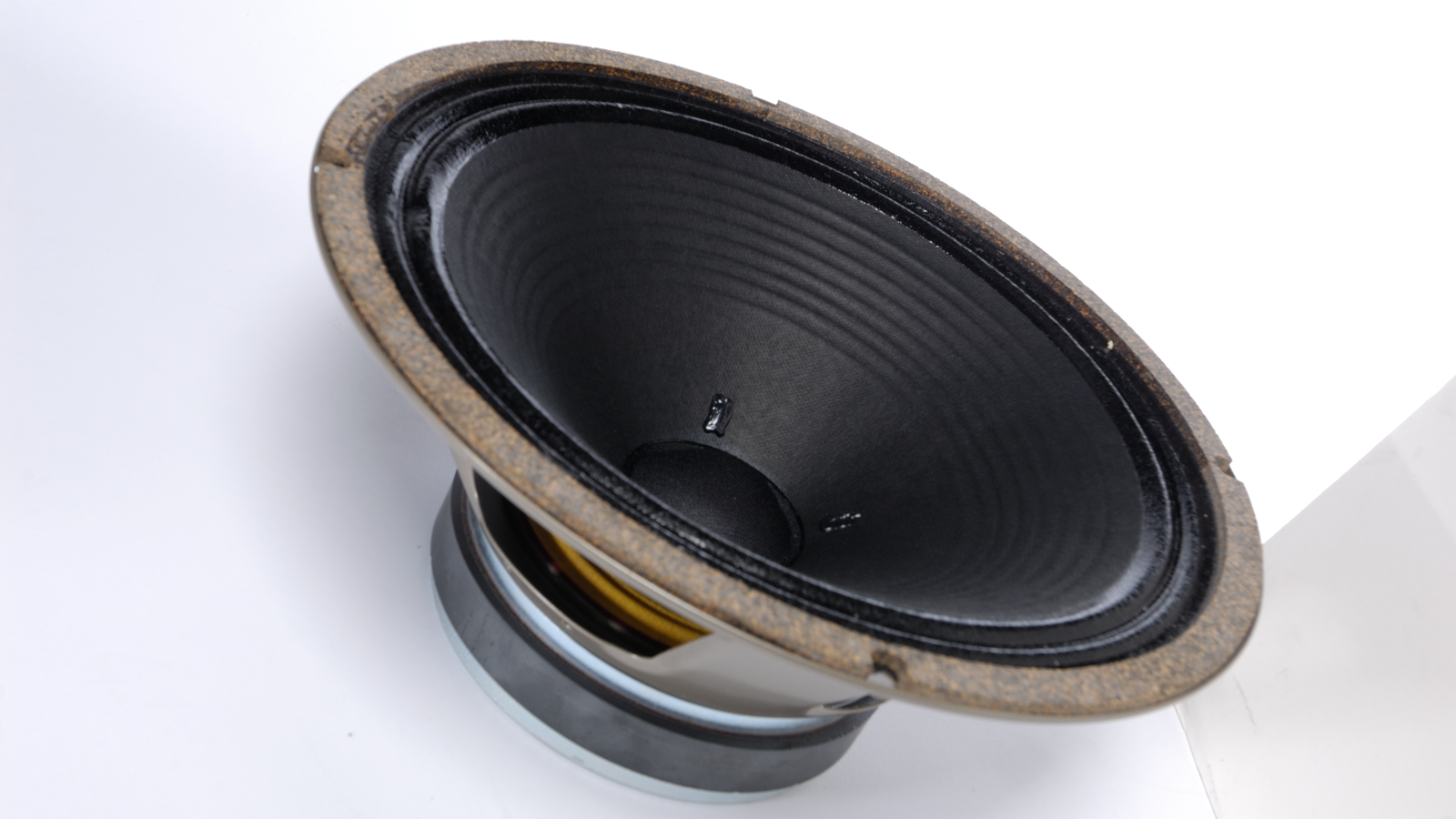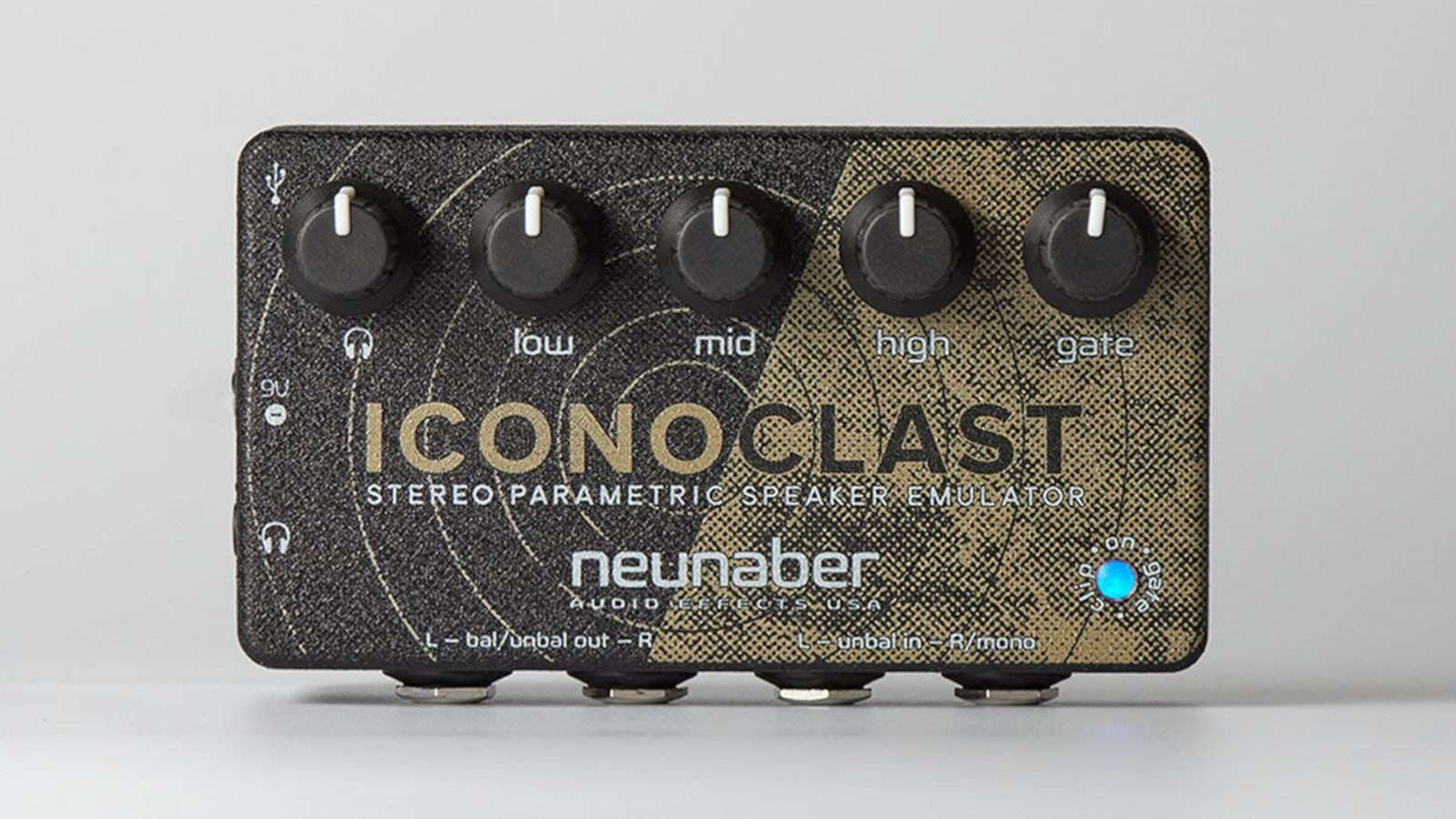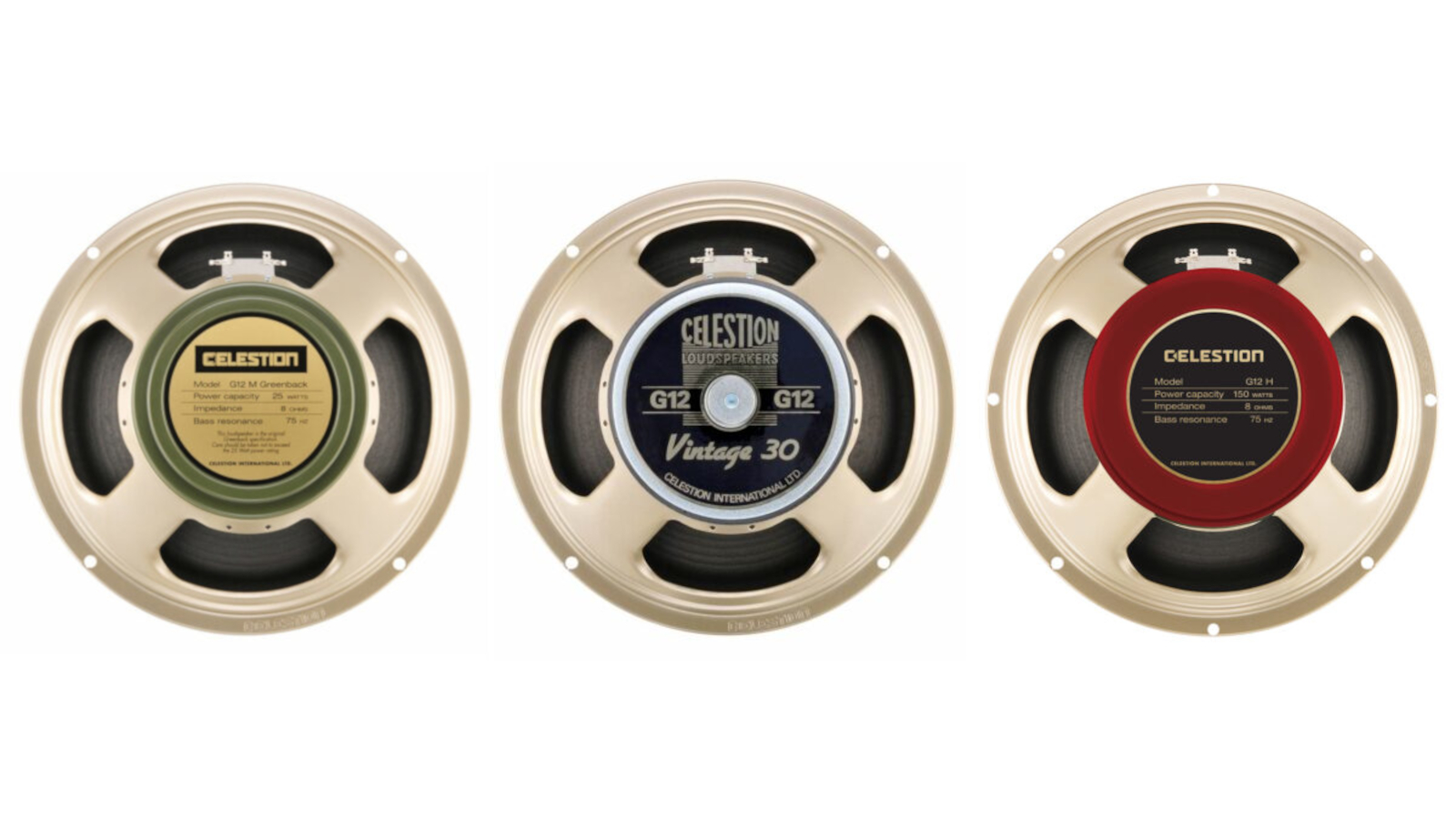Three Ways to Get Terrific Speaker Cab Tones at Home
Enhance your home studio production with these expert recommendations

Tons of home recordists utilize digital-amp models for their guitar tones, and they are simple and great-sounding solutions.
However, at times, you might get a bug to explore some other tonal options that also work in personal-studio situations.
Here are three tools I’ve tried and I really dug the results…
1. Neunaber Iconoclast

The Iconoclast Stereo Parametric Speaker Emulator lets you plug in your pedalboard or guitar preamp and dial in a host of cool, natural, and organic (or even weird, if that’s your thing) speaker timbres.
The controls are powerful – if strangely labeled (Low is actually speaker size, Mid controls speaker/amp interactions, and High shifts the frequency cut-off) – and I was able to simulate small cabs, combos, half-stacks, and yowling barrages with ease.
The Iconoclast is also a cool plug-and-play option for when you want to get down and work with minimal time setup.
2. Celestion Plus

Within your DAW, Celestion’s Impulse Response plug-ins work with your amp of choice (if you insert a reactive load box between your amp output and recording preamp) or digital-amp model.
All the latest guitar news, interviews, lessons, reviews, deals and more, direct to your inbox!
From there, the options are spectacular.
The website offers a bounty of Celestion models in various configurations – all professionally recorded in a big U.K. studio.
You can download your faves, explore, and experiment. I tried Redbacks, Greenbacks, Vintage 30s, and even a Lynchback, and the response, impact, and realism was stunning every time.
It’s a candy store of tone!
3. Earthworks SR25

If your old-school jones demands that actually miking a cabinet is the only way to go, then check out the Earthworks SR25 cardioid condenser.
It’s pricey, but the articulation, punch, and dimension it captures is impressive, and it also provides a slightly different sound than the usual “guitar-mic suspects.”
The SR25 opens up the higher-midrange frequencies for more 'air' without losing any of the attack
For example, many guitarists consider a close-positioned Shure SM57 as the sound of classic rock, but the SR25 opens up the higher-midrange frequencies for more “air” without losing any of the attack that we love.
I also found the mids to be a tad sweeter than some other mic options, and, in every case, I didn’t have to deploy additional EQ to get a vibrant and compelling tone.
The SR25 works great as a close mic, in off-axis positions, and placed approximately three feet from the speaker for some room tone.
If you have the space to mic an amp, the SR25 is one awesome microphone for guitar.
